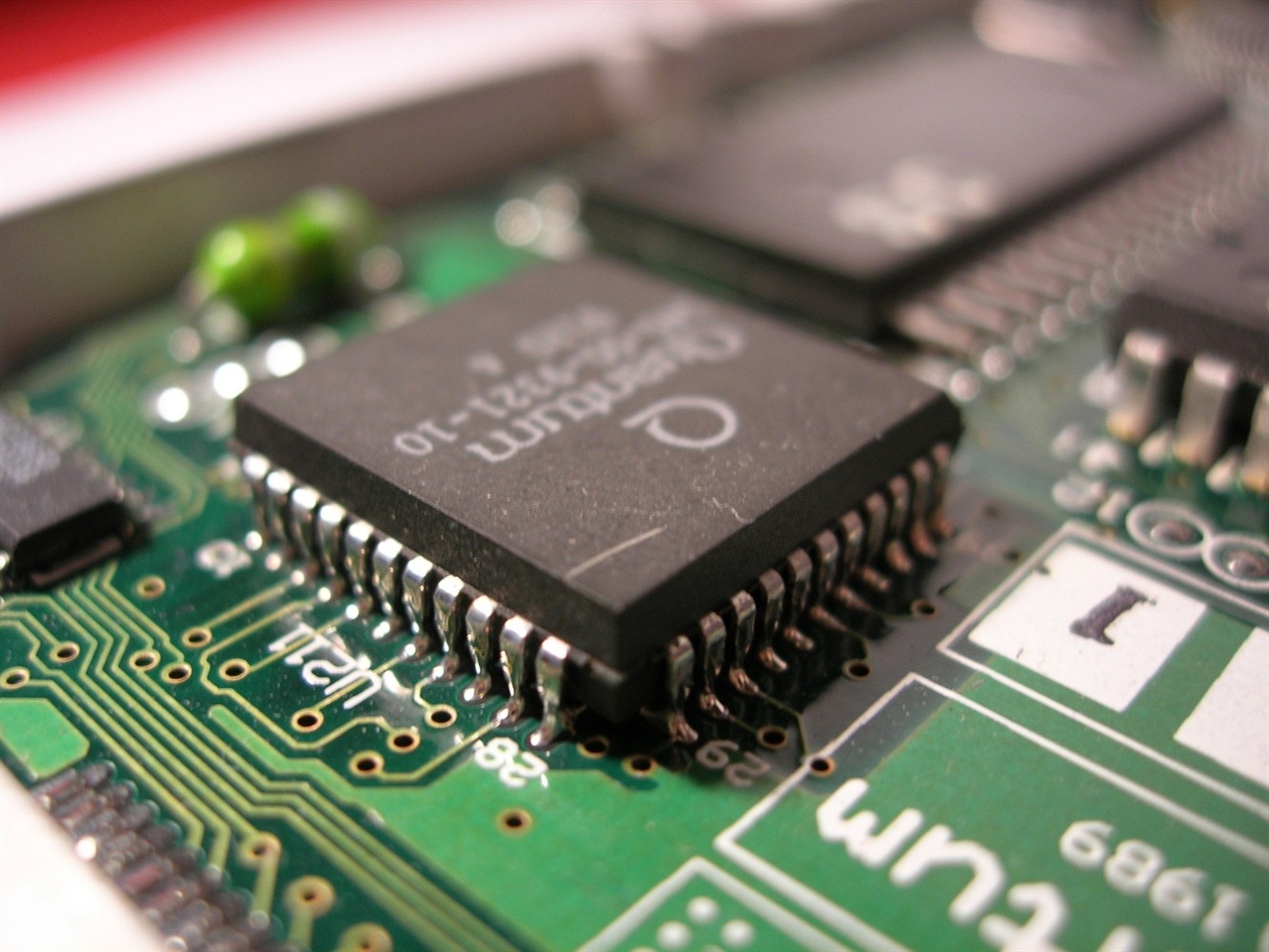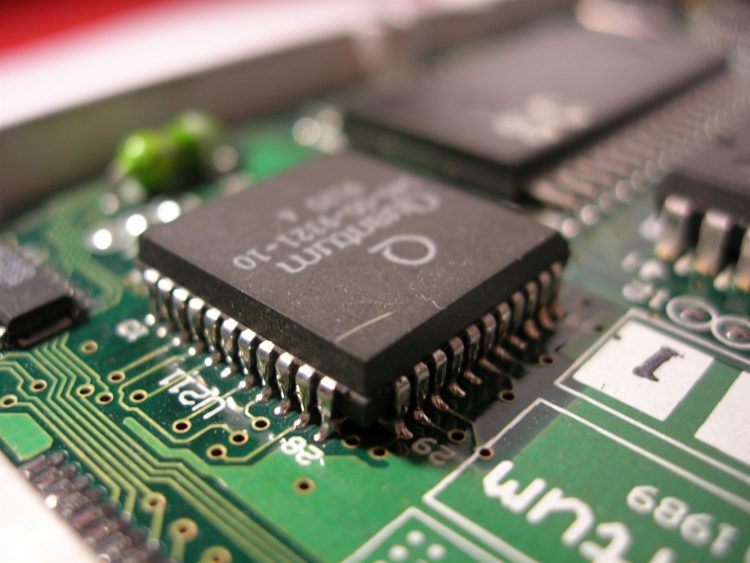No products in the cart.
MICRO NEWS: 3D Scanning
 We’ve all been told that a picture is worth a thousand words, and we all know that photographs certainly add visual impact to printed stories and news articles. In the same way 3D scanning technologies have developed along with the 3D printing industry. Non-contact scanning systems include laser scanning, structured light scanning, sensor scanning and photogrammetric scanning.
We’ve all been told that a picture is worth a thousand words, and we all know that photographs certainly add visual impact to printed stories and news articles. In the same way 3D scanning technologies have developed along with the 3D printing industry. Non-contact scanning systems include laser scanning, structured light scanning, sensor scanning and photogrammetric scanning.
Photogrammetric scanning is available to just about anyone with a digital camera or a recent Android or Apple cell phone. A website, 123Dapp.com, has free software that you can use to create 3D models from photos taken with your cell phone or digital camera. You can edit the scans with free 3D editing software and produce relatively good quality 3D prints. The optimum size range of scannable objects are from a coffee mug to the size of an adult human. Although not appropriate for industrial requirements, this scanning method is essentially free and good enough for most hobbyists. Industrial quality photogrammetric scanning systems can cost well over $50,000.
When Microsoft released their Kinect scanner, they probably didn’t realize that hobbyists would use the technology to make inexpensive 3D scanners. The Kinect is a perfect example of a sensor based 3D scanner. Coupled with free or low cost software, the Kinect, and other similar sensor based scanners (Primesense, iSense, Sense, Asus Xtion), can provide good quality 3D scans of human sized objects. Again, although these scanning systems are not as precise as those typically required by industry, they do an excellent job for the hobbyist. Scanners of this type are common in a MakerSpace.
Structured light scanning is generally used for high precision scanning of objects for design, reverse engineering or digital archiving purposes. Structured light scanning can be used for objects the size of a Looney to the size of a mini-van. This type of equipment can range in price from around $4,000 to over $50,000, thus allowing a well-equipped MakerSpace to afford one.
Laser scanning is versatile, being used in both long range, large volume scanners and the short range, small volume scanners. Long range scanners can scan entire neighbourhoods including buildings, vehicles and other large objects. Short range scanners are usually used to scan objects smaller than 24 of beer. Hobby level laser scanners are typically in the under $1000 range, and are good for scanning objects but not so good for scanning people. These scanners are also common in a MakerSpace.
I am planning to be at the CoTiCon Summer Photoshoot this Saturday, 1 pm at Lamoureux Park bandshell; the cosplayers who will be there are some of the creative people who could make use of a MakerSpace.






